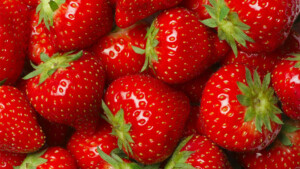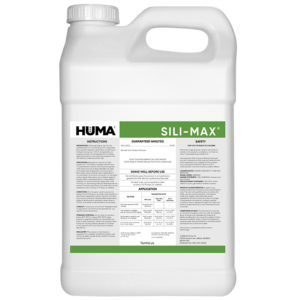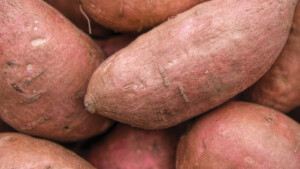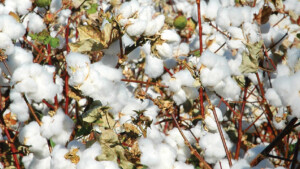C-PHOS
Benefits of Use:
- Resists “tie-up” with calcium or aluminum to remain water soluble and available to plant roots
- Moves with irrigation water to aid in proper placement
- Can be tank-mixed to improve availability of other nutrient solutions
- Is non-salt-forming
- Aids in phosphorus uptake in cold or waterlogged soils
- Is useful in the cleaning and maintenance of drip irrigation systems
- Aids phosphorus uptake in high pH or calcareous soils
Deficiency Symptoms—When to Apply:
- Slow growth; stunted plants
- Purplish coloration on foliage of some plants (older leaves first)
- Dark green coloration with tips of leaves dying
- Poor grain, fruit, or seed development
- Leaves and terminal buds distorted
- LETTUCE: tip burn; TOMATO/PEPPER: blossom-end rot; CUCUMBER: hollow heart; BROCCOLI: black heart
FAQs
Related Products
Related Case Studies

Huma® Improves Alfalfa Soil Biology In the Southwest
Background Industrial agriculture can degrade soil quality for crops by altering the total living microbial biomass of soil. Many practices and beneficial ag products have been introduced to the market to improve soil quality. Some of these products are humic substance-based products. Objective The objective of this trial was to evaluate the efficacy of applying

Huma® OM Soil Activator Increases Corn Yield 19%, With 240% ROI
Background In an earlier in-house research project, it was observed that OM Soil Activator (formerly known as Fertilgold® Soil) caused plants to grow better and improve soil characteristics. The product was then released for field trial status. Objective The focus of this study was to observe if Huma® OM Soil Activator, an OMRI-Listed product for

PROUD 3 Fungicide Replacement
Background Huma® fungicide programs with Micro Carbon Technology® provide growers with effective options that can replace synthetic fungicides with a more sustainable and environmentally friendly approach, while providing excellent control and improving crop health, yield and quality. Objective The focus of this study was to assess if 2 of Huma’s products CROP-GARD® (Growth Manager) and
Related Blog Posts

Huma Gro®: Practically Perfect in Every Way for Strawberries
Successful strawberry farming presents many unique challenges. As with every other type of crop, each farm will have its own challenges related to soil, soil tilth, soil pathogens, soil nutrient cycling, nutrient availability, plant vigor, irrigation needs, etc. Combined with those challenges are strawberry farming cultural practices related to continuous cropping and soil fumigation—with the

How Dry Conditions Drive #Plant25 Decisions
There’s an old saying in farming: “Plant in dust, your bins will bust”. The premise is that dry soils will encourage faster, deeper root growth early in the season, which will lead to more robust root systems and stronger plants throughout the growing season. Conversely, crops planted in ideal moisture conditions may become lazy and their roots remain shallow, causing potential problems later in the season when summer heat and dry conditions often arise. If that old adage is true, then Midwest farmers would be looking at a bumper crop in 2025. Then again, there’s dry, then there’s very dry.

This Week In Ag #98
Oilseeds are now a lightning rod. America’s top ag export, accounting for over $40 billion, is at the center of a heated debate on the state of America’s health. The appointment of RFK Jr. to head Health and Human Services will do nothing to ground the conversation. He’s been outspoken in his view of how seed oils









